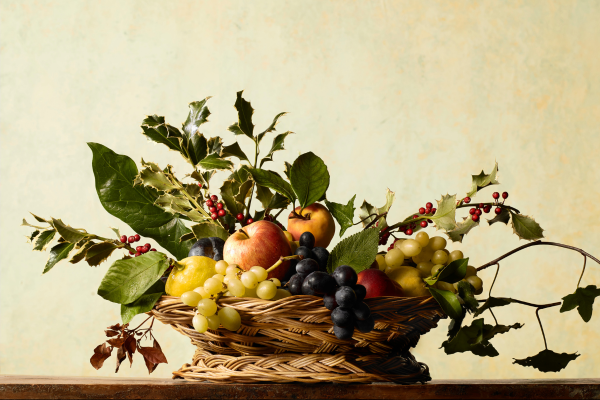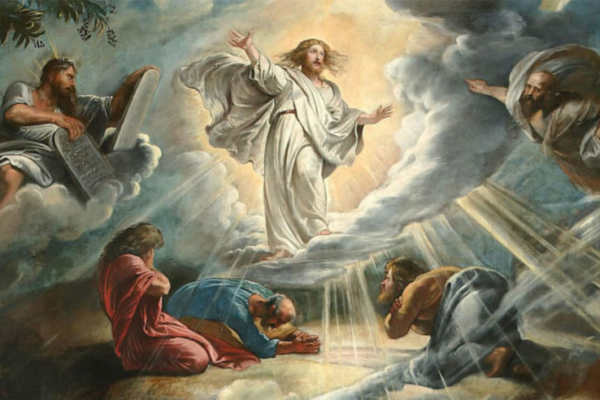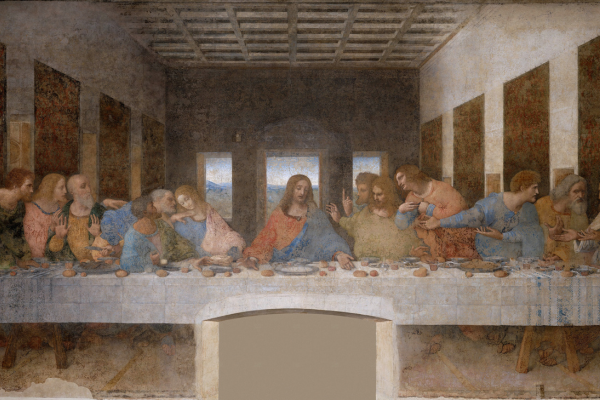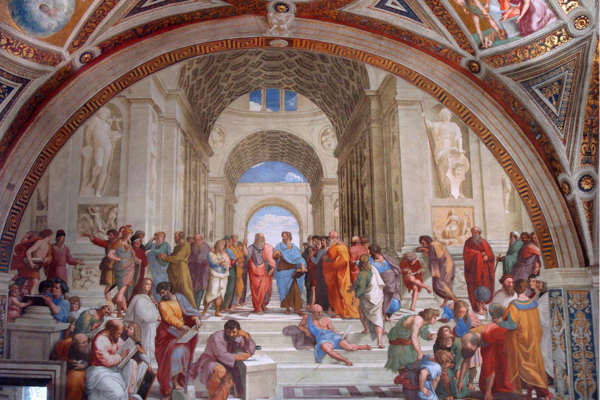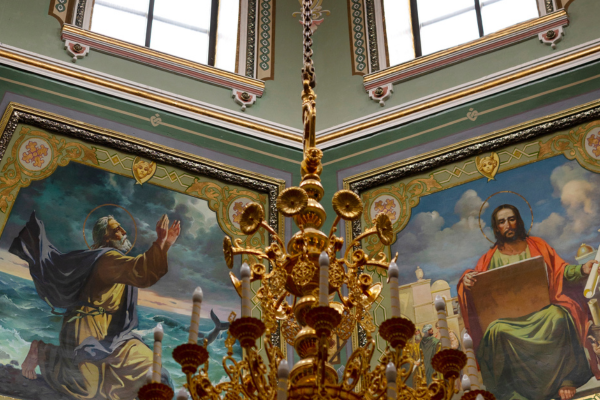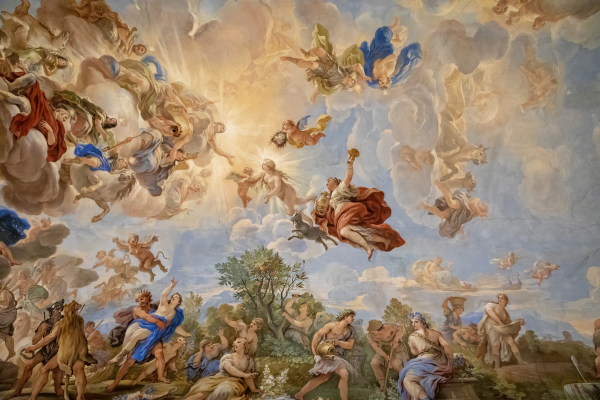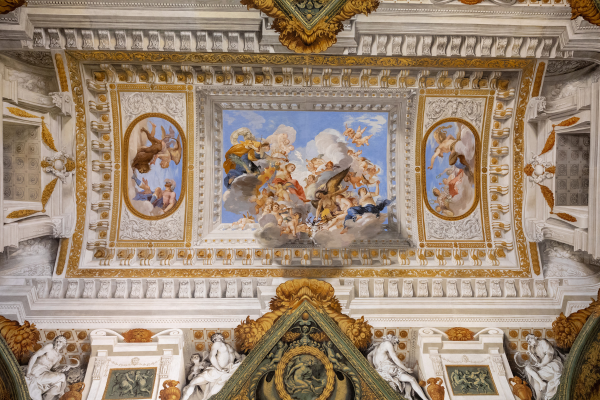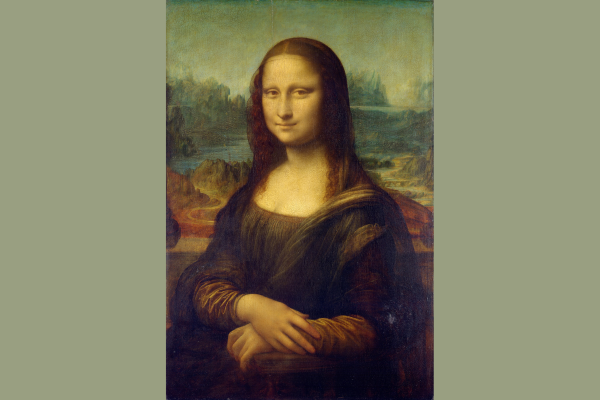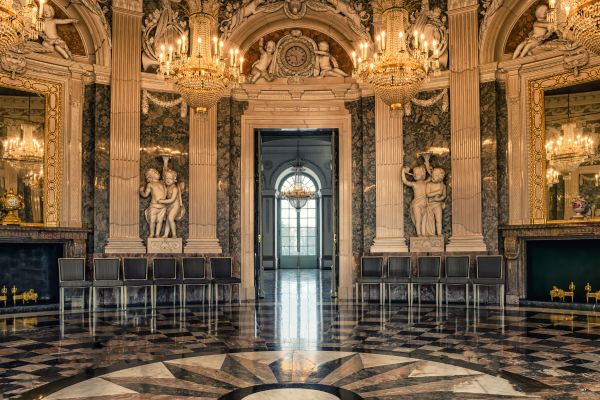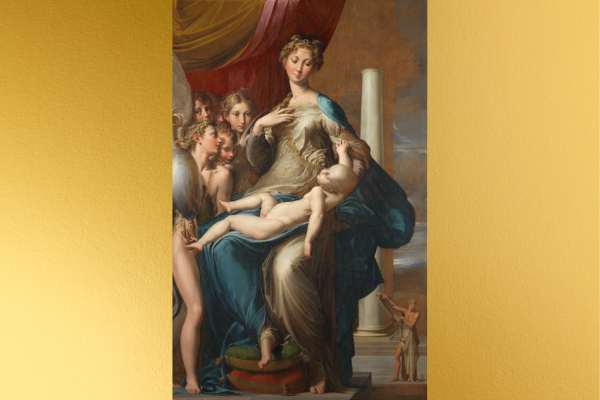The Italian Renaissance, a glorious period spanning from the 14th to the 17th century, was a time of profound cultural, artistic, and scientific rebirth. It marked the bridge between the Middle Ages and the Modern era, thrusting Europe from the dim corridors of the Gothic period into a luminescent world where humanity took center stage. …
Raphael, born Raffaello Sanzio da Urbino, stands as one of the titans of the Renaissance era, a period when art, philosophy, and knowledge blossomed in unparalleled ways. Alongside other legendary figures such as Leonardo da Vinci and Michelangelo, Raphael etched his name into the annals of art history, rendering masterpieces that both reflected and shaped …
The Last Supper, a poignant moment captured within the New Testament of the Bible, remains one of the most significant events in Christian theology. Set against the backdrop of Jerusalem, it presents the emotionally charged scene where Jesus Christ, surrounded by his disciples, predicts his betrayal and inaugurates the Eucharistic ritual. This event, laden with …
The Italian Renaissance, a fervent period spanning from the 14th to the 17th century, heralded a profound transformation in European art, giving birth to countless masterpieces that would forever shape the world of visual aesthetics. This era, characterized by an awakening interest in the humanities and a revival of classical knowledge, witnessed a paradigm shift …
Italy, a land famed for its art, culture, and history, has been the epicenter of numerous art movements that have shaped the world as we know it. Among these art forms, religious art holds a special place, reflecting the deep spiritual roots and religious fervor of the Italian people. The beginnings of religious art in …
Sacred art, with its profound and deeply rooted connections to faith and spirituality, has always held a prominent position in the rich tapestry of Italy’s artistic heritage. A visit to any Italian church, basilica, or museum often reveals awe-inspiring depictions of religious figures, stories, and symbols, each telling tales of devotion, miracles, and divine intervention. …
In the luminous tapestry of art history, few figures shine as brightly as Michelangelo Buonarroti. Born in the heart of the Renaissance, this prodigious Italian maestro forever altered the course of art and architecture, leaving an indelible mark that has transcended time. Known predominantly for sculpting the ‘David’ and painting the celestial wonders of the …
The Renaissance, a fervent period of European cultural, artistic, political, and economic rebirth, emerged from the twilight of the Middle Ages, ushering in an age of renewed interest in classical learning and values. Spanning roughly from the 14th to the early 17th century, this epoch was not just an artistic movement but a cultural awakening …
Brief definition of Baroque. The term “Baroque” refers to a European cultural and artistic movement that spanned from the late 16th century to the mid-18th century. Characterized by ornate detail, elaborate ornamentation, and a dramatic interplay of light and shadow, the Baroque movement sought to evoke strong emotions and captivate the viewer’s senses. It emerged …
In the rich and diversified tapestry of art history, Mannerism emerges as an intriguing interlude between the classical harmonies of the High Renaissance and the drama of the Baroque. Born in the tumultuous corridors of 16th-century Italy, Mannerism is often seen as a reaction to the humanism and perfect symmetry that characterized the works of …
